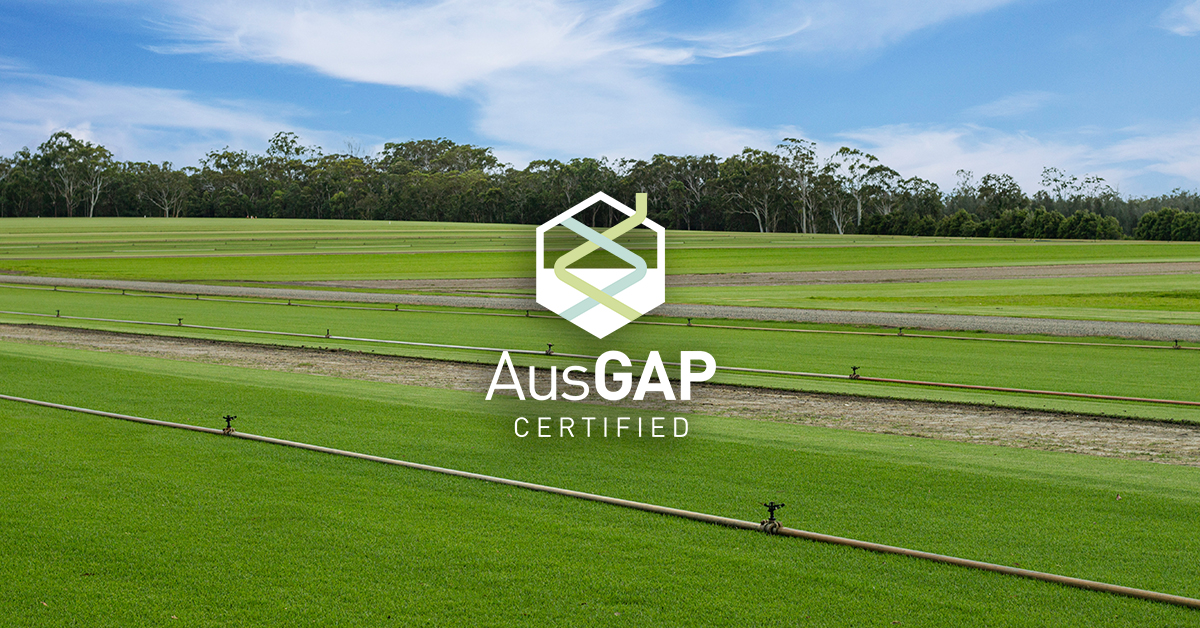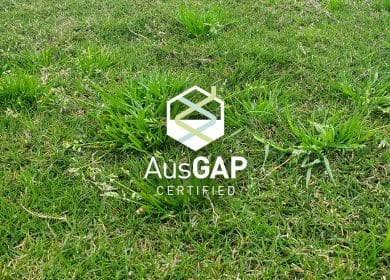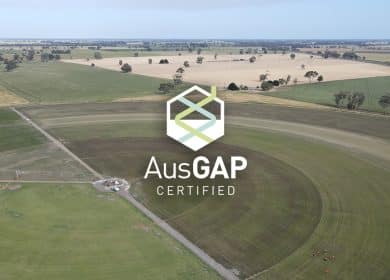The science of turfgrass stressors: abiotic and biotic

Turfgrass management involves navigating a complex interplay of stressors that can impact the health and performance of turf surfaces. These stressors, categorised as either abiotic or biotic, create unique challenges to maintaining turfgrass health and require careful management strategies. In this blog, we delve into the science behind turfgrass stressors, examining both abiotic and biotic factors and their effects on turfgrass.
What are biotic turfgrass stressors?
Biotic stressors stem from living organisms such as pathogens, pests, and weeds that directly compete with turfgrass for resources. Pathogens like fungi, bacteria, and viruses can cause diseases such as dollar spot, brown patch, and anthracnose, leading to turf damage if left unchecked. Pests such as insects or nematodes can feed on turfgrass roots, stems, and leaves, weakening the plants, and making them more susceptible to disease and environmental stress. Weeds, meanwhile, compete with turfgrass for sunlight, water, and nutrients, disrupting turf uniformity and performance. Managing biotic stressors requires a multifaceted approach that incorporates cultural practices, biological controls, and use of pesticides.
What are abiotic stressors?
Abiotic stressors encompass a wide range of non-living factors that can negatively affect turfgrass health. These include environmental variables such as temperature extremes, drought, salinity, soil compaction, and poor drainage. Temperature extremes, for instance, can lead to heat stress during hot summer months or cold stress during winter, disrupting turfgrass growth and metabolism. Similarly, drought conditions restrict water availability, causing wilting and root damage. Soil compaction and poor drainage impede root development and oxygen uptake, further exacerbating stress responses. Understanding and mitigating these abiotic stressors are crucial for maintaining healthy and resilient turfgrass. These stressors can sometimes be difficult to diagnose as they are at times not something you can physically see harming the turf.
How to mitigate abiotic and biotic turfgrass stressors
Mitigating abiotic and biotic stressors in turf management involves distinct yet complementary approaches. Abiotic stressors, arising from non-living factors such as environmental extremes and soil conditions, can profoundly impact turfgrass health. Addressing these stressors requires a comprehensive approach that begins with soil analysis to assess nutrient availability and pH adjustment, aim to optimise soil structure and fertility, thereby enhancing turfgrass resilience to abiotic stressors like drought and nutrient deficiencies. Additionally, precision irrigation techniques based on evapotranspiration rates and moisture sensors help regulate water usage and minimise drought stress.
On the other hand, biotic stressors pose a significant threat to turf health, often stemming from weed and pest infestations and pathogenic infections. Integrated pest management (IPM) strategies are essential for mitigating biotic stressors. This approach integrates cultural practices, biological controls, and targeted pesticide applications to manage pest populations effectively. Cultural practices include proper mowing height, watering, and promoting beneficial organisms to naturally regulate pest populations. Biological controls, such as introducing microbial agents, target specific pests while preserving beneficial organisms. When necessary, pesticide application serves to control pest outbreaks.
Navigating the complexities of abiotic and biotic stressors in turfgrass management requires a multifaceted approach. By addressing factors such as soil health, water management, and pest control, turfgrass managers can create turf spaces that perform and maintain their health. It is important that proactive measures when it comes to abiotic and biotic stressors should be prioritised to ensure minimal down time and enhanced turf performance.


